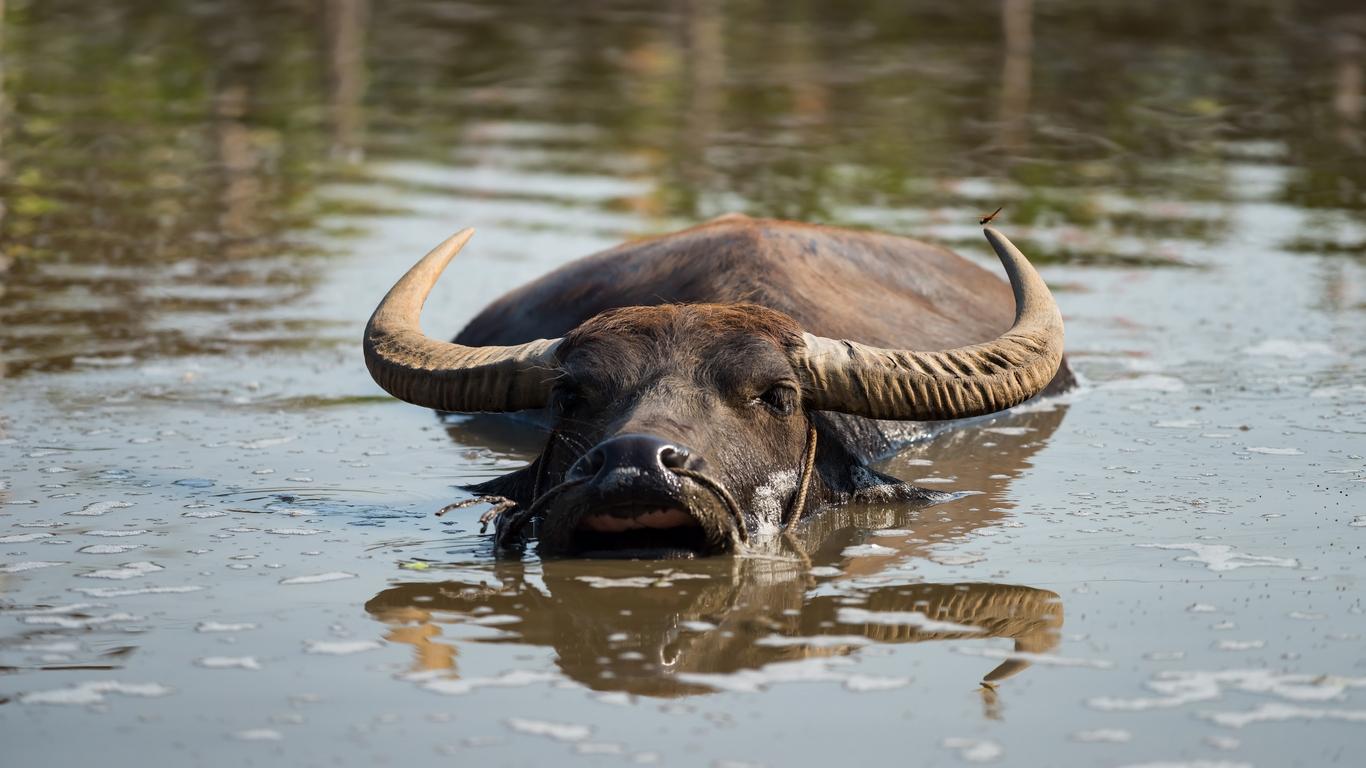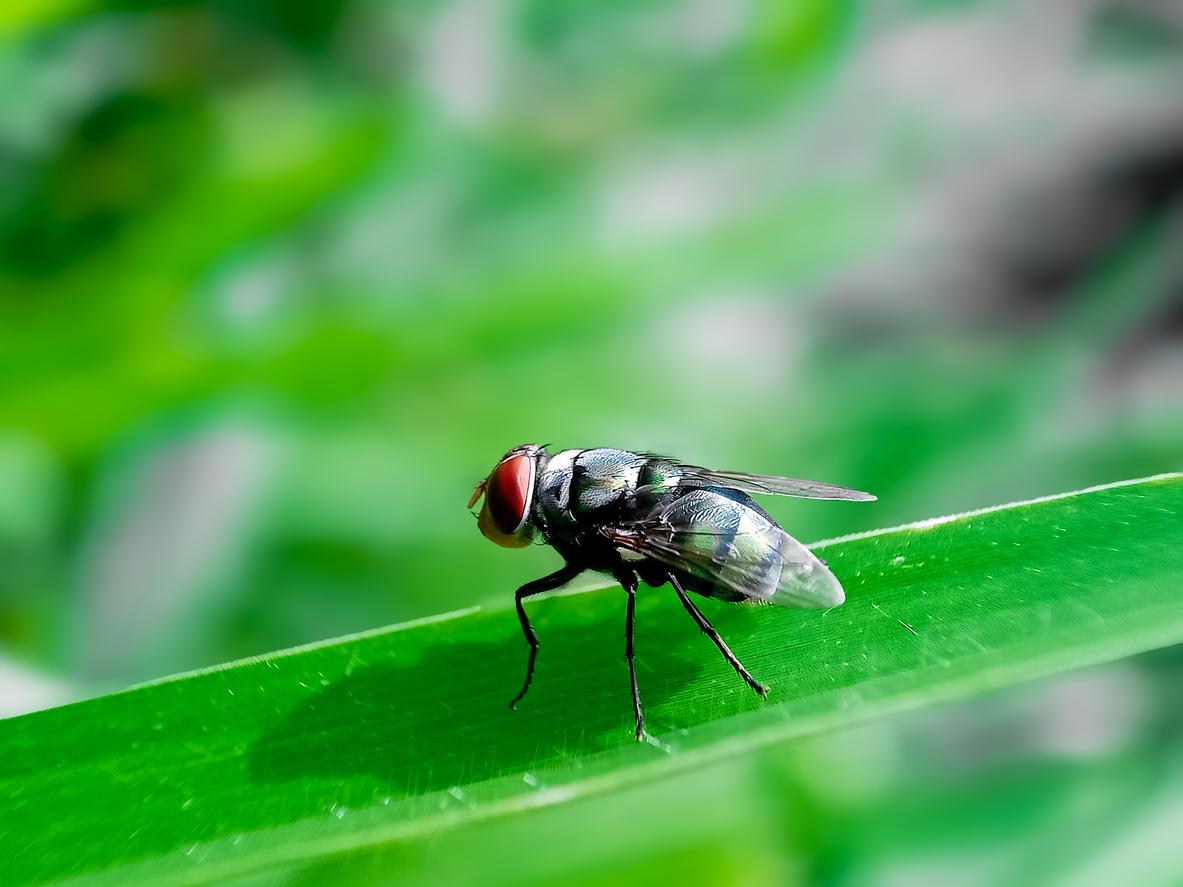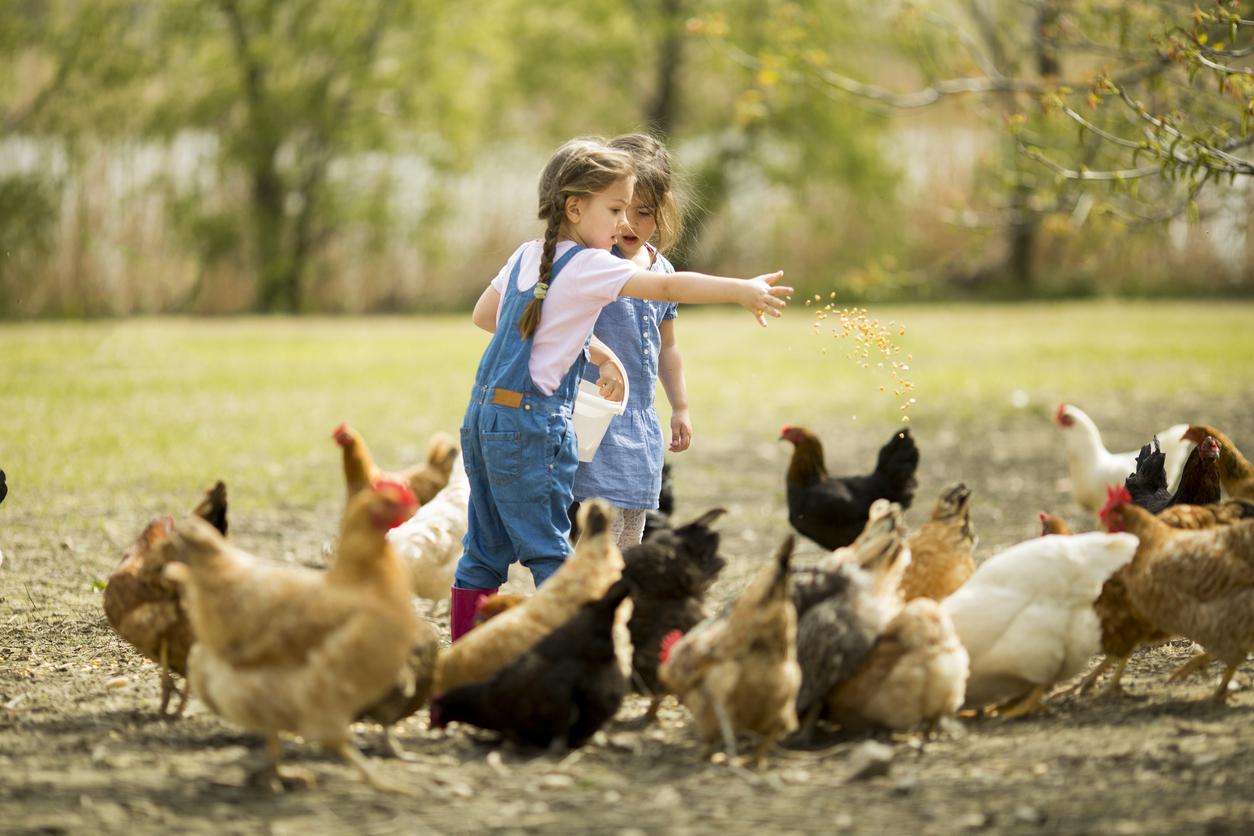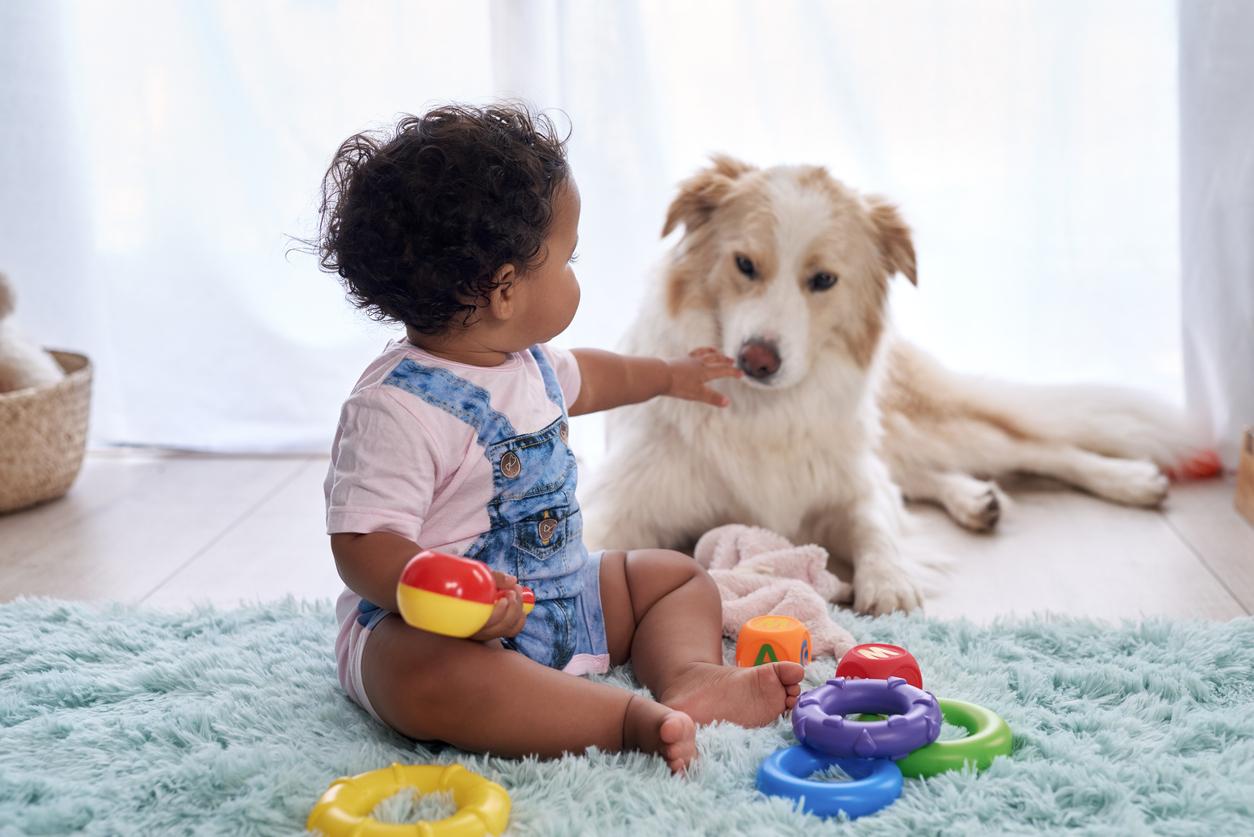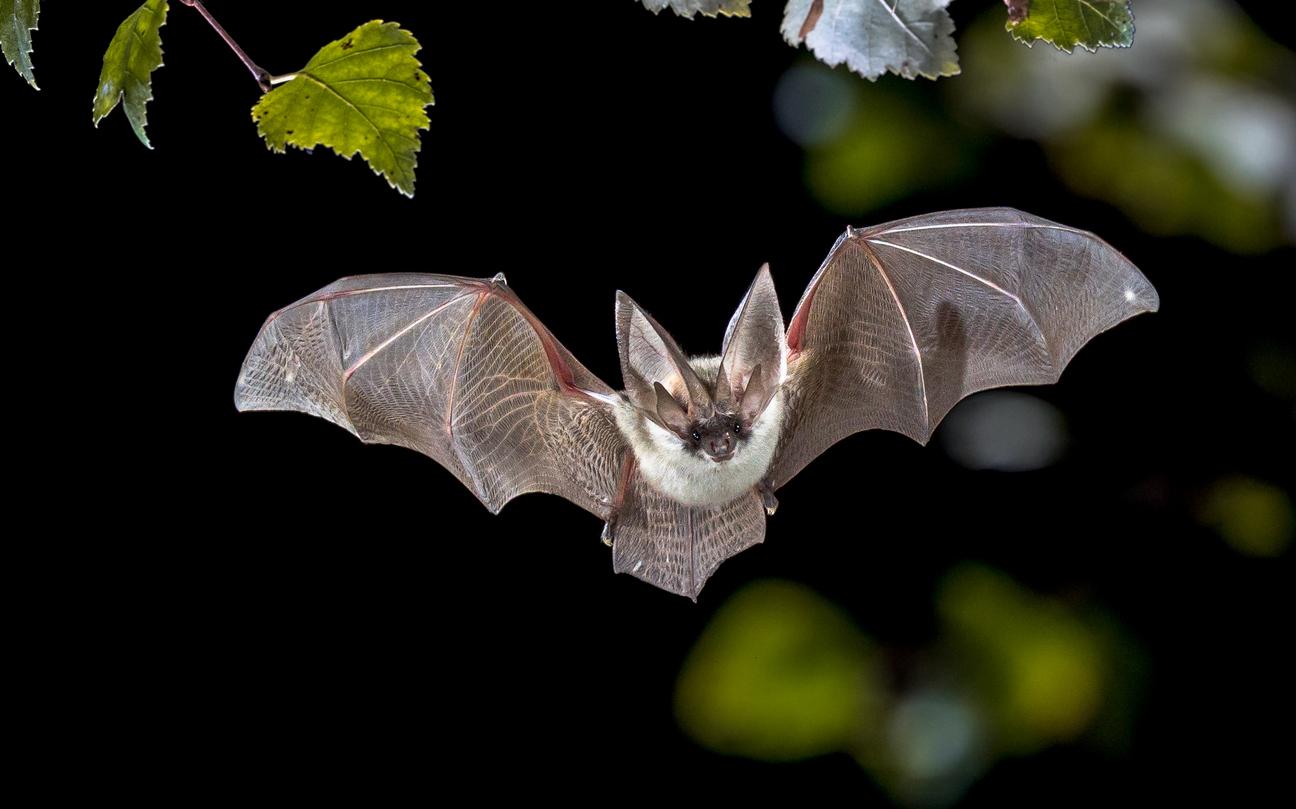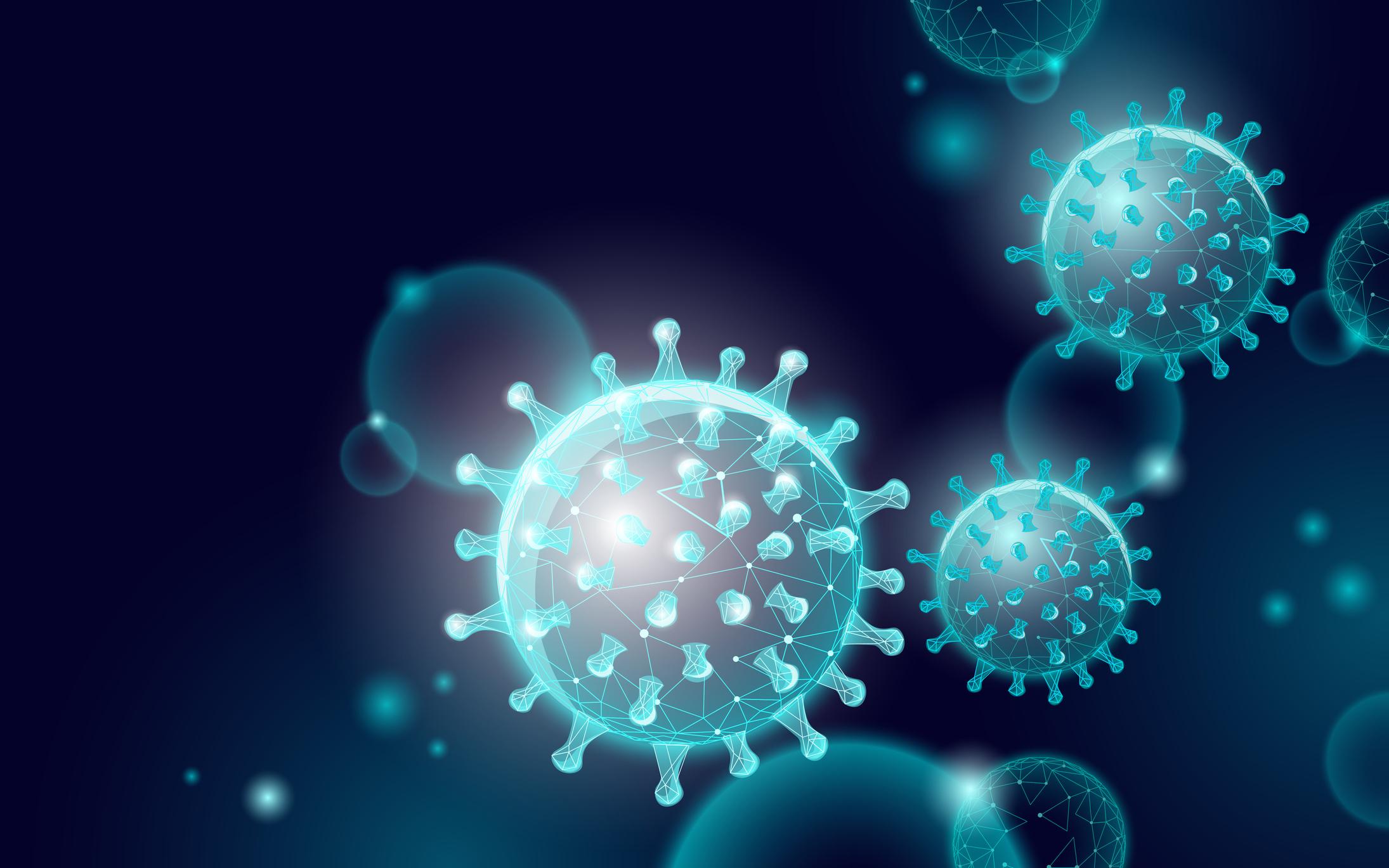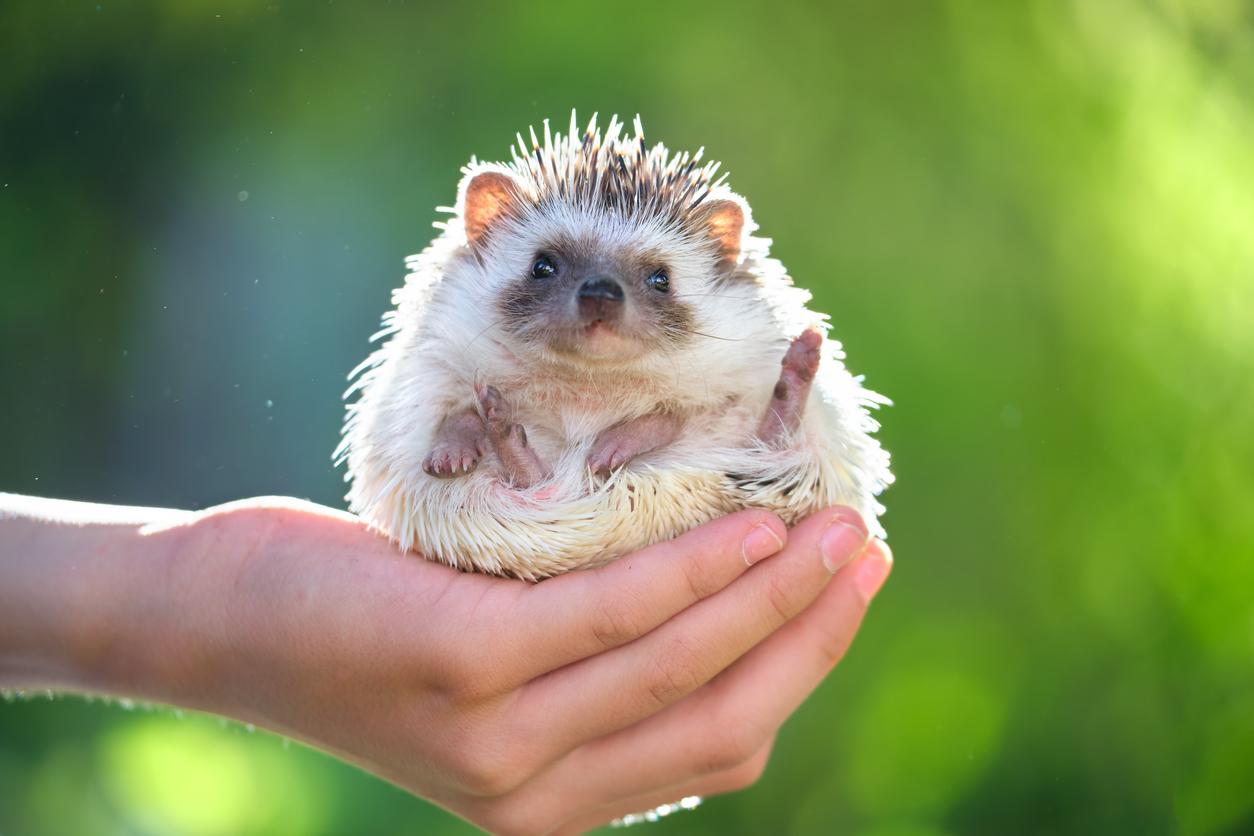The end of animal testing can be summed up in three key dates:

“Consumer health and safety have always been a top priority for the L’Oréal Group; and the defense of the animal cause is just as much. », Assures us Elisabeth Bouhadana, international scientific director of L’Oréal Paris.
Long before animal testing was a regulatory concern, or of civil society, L’Oréal had initiated the development of alternative methods, the vast majority of which were based on a technology unique at the time: skin reconstruction. human in the laboratory, thanks to the acquisition of the EPISKIN laboratory, a pioneer in cell reconstruction.
Thus, as a true pioneer, the L’Oréal Group has reconstructed human skin in the laboratory since 1979. Some of these methods have been recognized by the authorities, then other tools such as cell cultures, modeling and calculation have seen the day, allowing evaluation and safety without any recourse to the animal. And it was in 1989 that the L’Oréal Group definitively stopped testing its finished products on animals, 14 years before the regulations required it.
In 2013, L’Oréal also stopped testing its ingredients on animals, like the entire cosmetics industry, in accordance with the law.
For more information on alternative testing methods, discover our article on EPISKIN, the world expert in reconstructed skin which allows L’Oréal Paris to test the safety and predict the effectiveness of its active face care products on a daily basis, and in particular the ingredients of its anti-wrinkle creams.
Back to Dossier








